1. the selection of high-quality insulation materials
Rock wool insulation board: Rock wool is made of natural rock as raw material and melted at high temperature, which is the "main force of warmth" integrated into the wall of the house. Its internal fiber structure is loose and porous, and air is retained between the pores, forming a natural thermal barrier to effectively block heat conduction. Moreover, rock wool has excellent fire performance, belongs to Class A non-combustible materials, and will not release harmful gases in case of fire, which is extremely safe, adding double protection to the house.
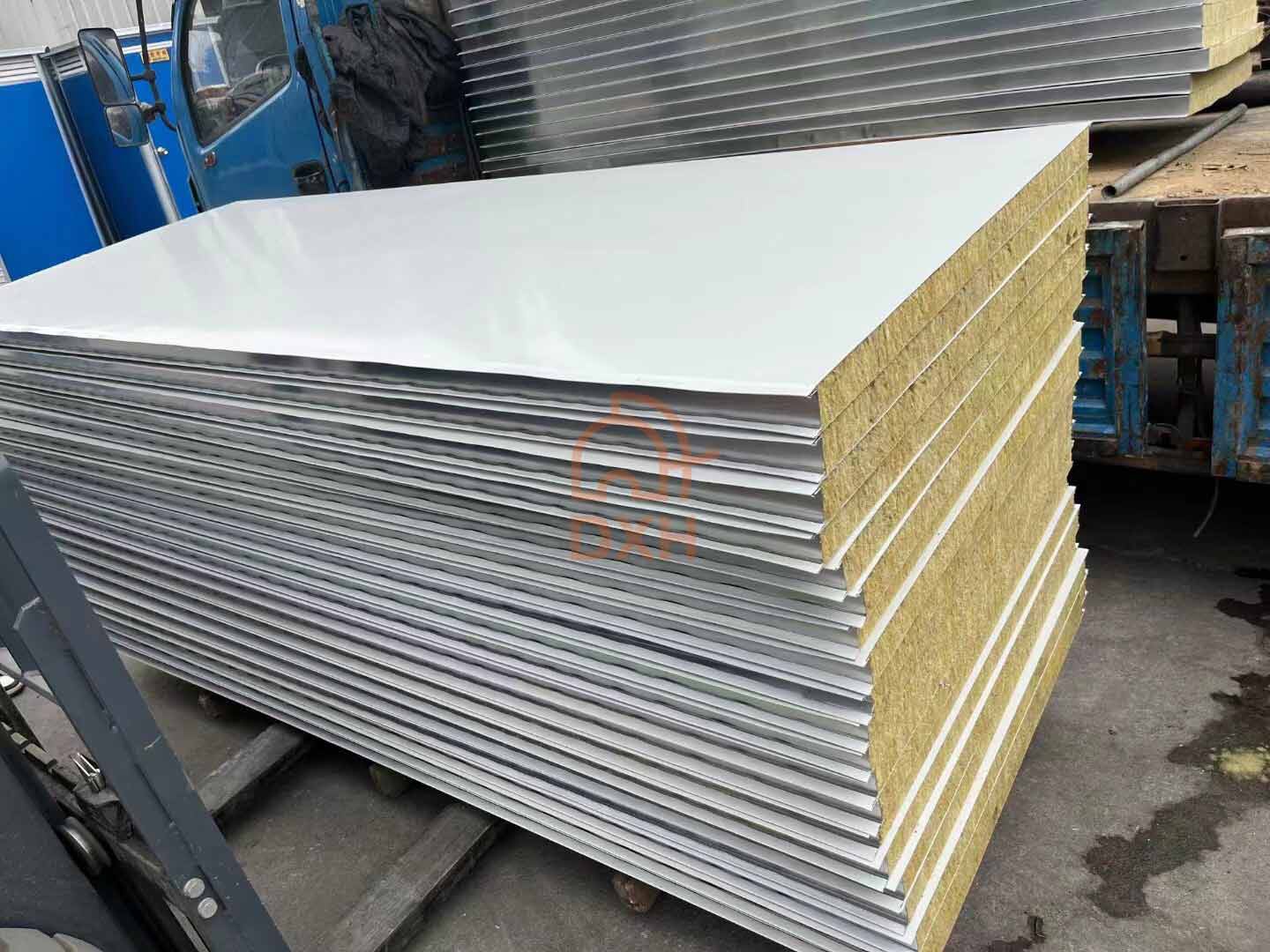
Polystyrene Foam Board (EPS): EPS insulation board has a lightweight texture, high closure rate, and tiny pores are evenly distributed, making it difficult for heat to penetrate through them. During production, it can also be cut into various shapes and sizes according to the design needs of the house, fit the wall perfectly, leave no gaps, wrap the house in all directions, and lock the heat firmly. Its price is close to the people, cost-effective, and widely used in various economic integrated housing projects.
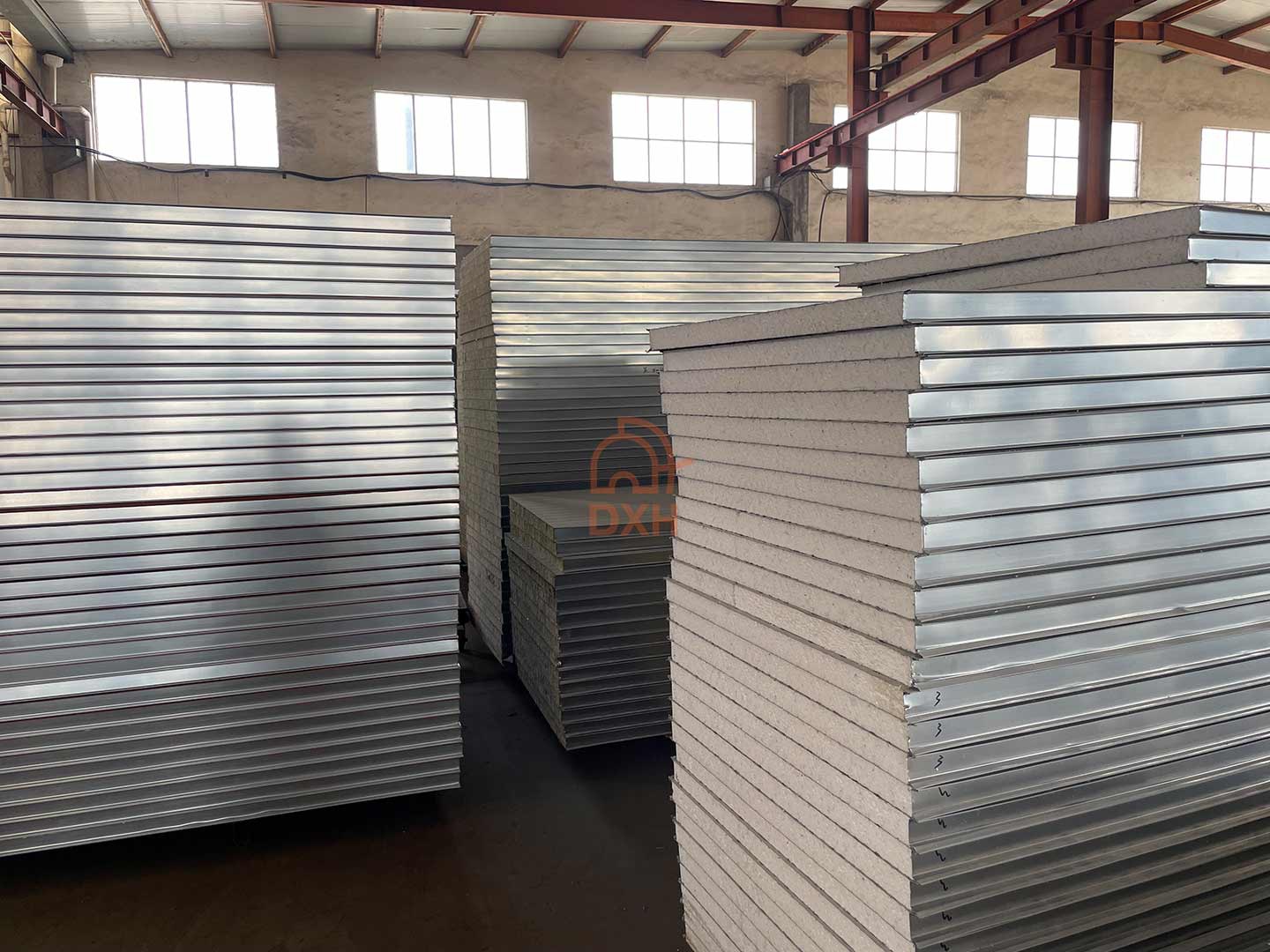
Polyurethane insulation: Polyurethane insulation effect is unique, it is foamed through chemical reaction, and the fine cell structure gives it a very low thermal conductivity. Sprayed polyurethane can be directly attached to the wall and roof at the construction site, covering without gaps, without giving the slightest chance for heat to escape, just like putting on a close-fitting and efficient "thermal underwear" for the house.
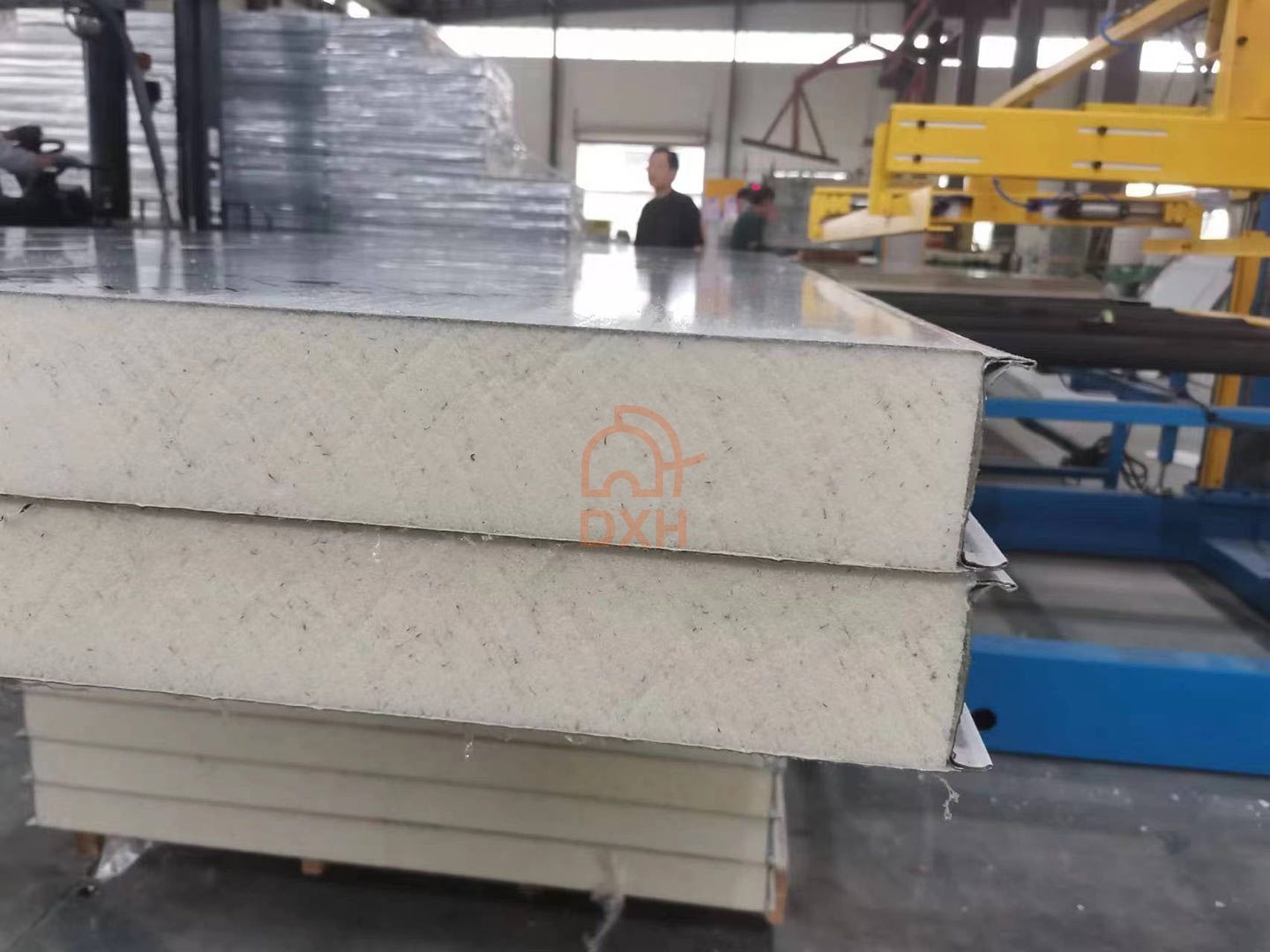
2. Optimization of wall insulation structure
Multi-layer composite wall: Abandon the thin single-layer wall and adopt a multi-layer composite design. The outer layer is made of metal carved panels or fiber cement board with good weather resistance to resist wind and rain erosion; The middle is filled with a thick layer of insulation materials, such as rock wool, EPS, etc.; The inner layer is then matched with gypsum board or bamboo and wood fiberboard to form a stable and insulated wall system. Each layer performs its own duties, the outer layer is protected, the middle layer is insulated, and the inner layer is decorated, which synergistically improves the thermal insulation efficiency.
Broken bridge insulation technology: Introduce broken bridge thermal insulation design in the connection parts of doors, windows and walls. Traditional connection methods tend to form a "cold bridge", allowing heat to be dissipated along the metal components, while the broken bridge technology uses low thermal conductivity materials such as nylon and polyurethane to interrupt the heat conduction path and prevent heat outflow, so that there is perfect in the insulation of the house.
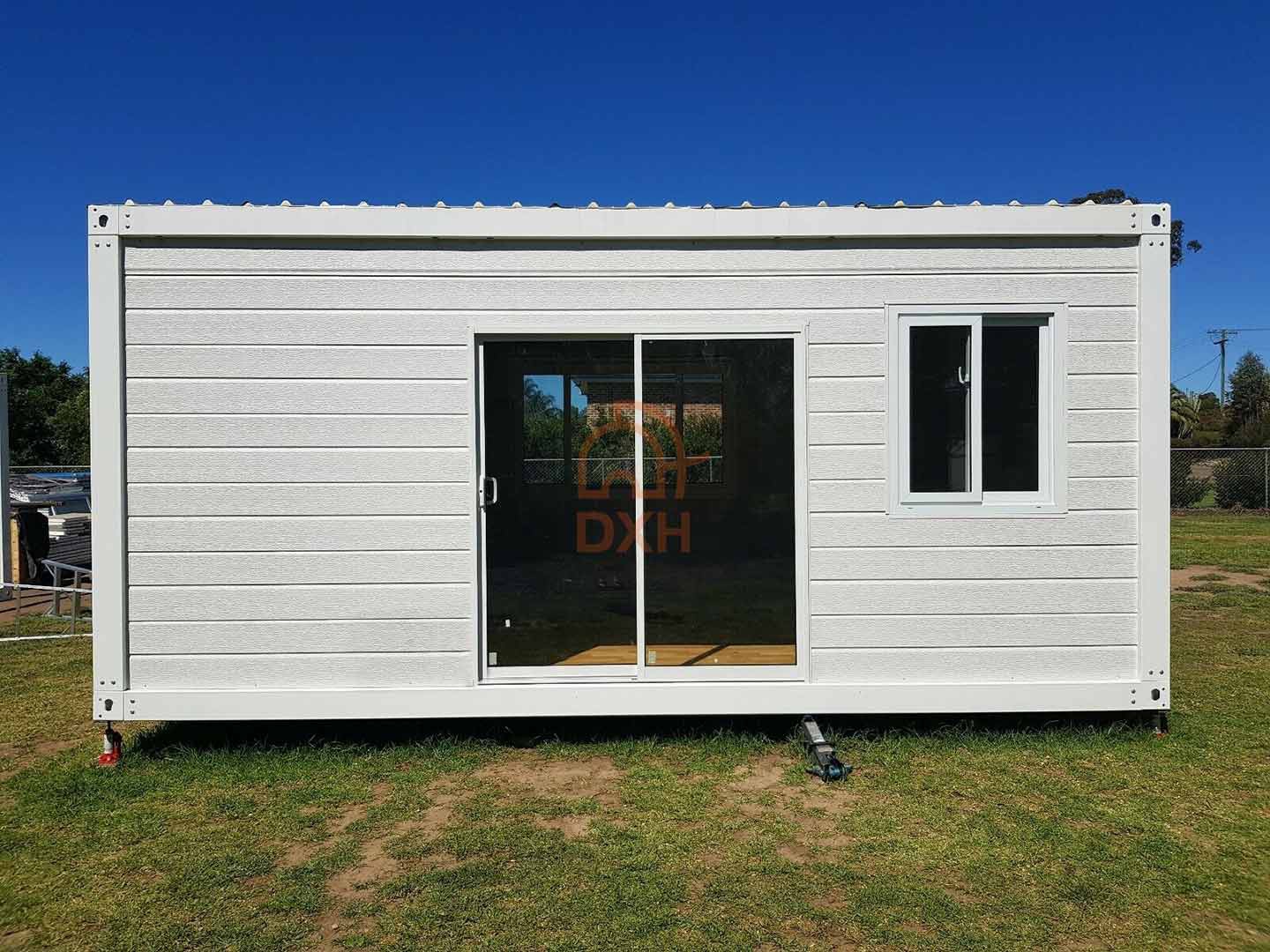
3. Door and window sealing upgrades
High-performance sealing strips: Ethylene propylene diene monomer (EPDM) or silicone seals are installed around doors and windows, which are flexible and resistant to low temperatures, and will not harden or break even in cold winters. Closely fit the door and window frames and sashes, fill the gaps, effectively block the infiltration of outdoor cold air, and also prevent the leakage of indoor warm air, which greatly improves the effect of thermal insulation and airtightness.
Double or multi-glazing: Replace single glazing with double or even triple glazing. The hollow layer is filled with an inert gas such as argon, which further reduces the thermal conductivity of the glass. In cold weather, the outer glass cools down quickly when exposed to low temperatures, but the intermediate gas layer acts as a buffer zone, slowing down heat transfer, making it difficult for indoor heat to be dissipated and maintaining a warm environment.
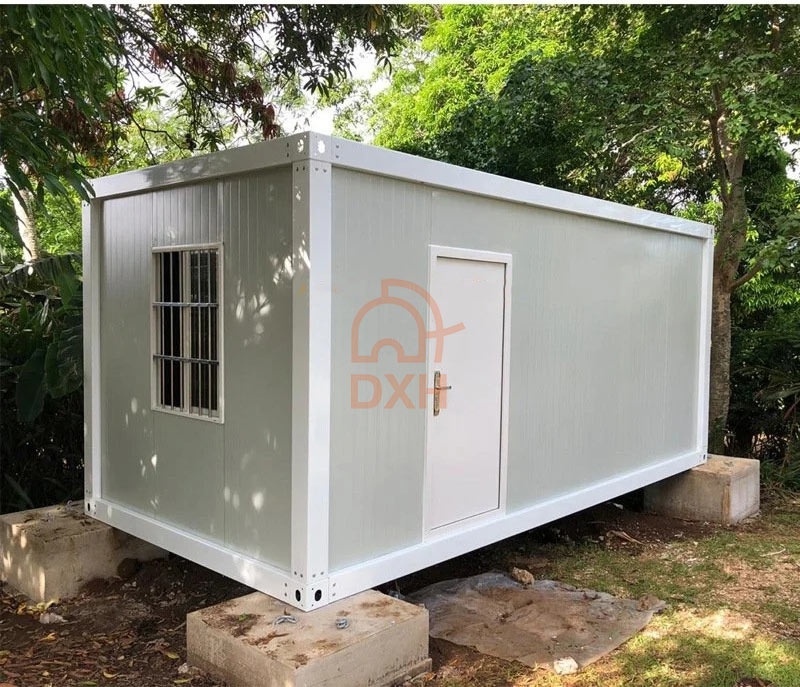
4. the roof insulation strengthened
Laying insulation felts or insulation boards: Above the roof structure layer, thick insulation felts, such as glass wool felts and wool felts, are tiled and have good thermal insulation properties, and they are fully covered. Polystyrene foam insulation board can also be laid to enhance the thermal insulation ability of the roof, block the indoor heat from losing from the top, and also reduce the problem of indoor overheating caused by summer sun exposure.
Ceiling Insulation Assistance: Indoor roofs are added to create an air layer between the ceiling and the roof structure to form an additional thermal insulation buffer belt. This layer of air slows down the rate of heat exchange, and together with the insulation panels used for the ceiling, it takes the roof insulation to the next level.
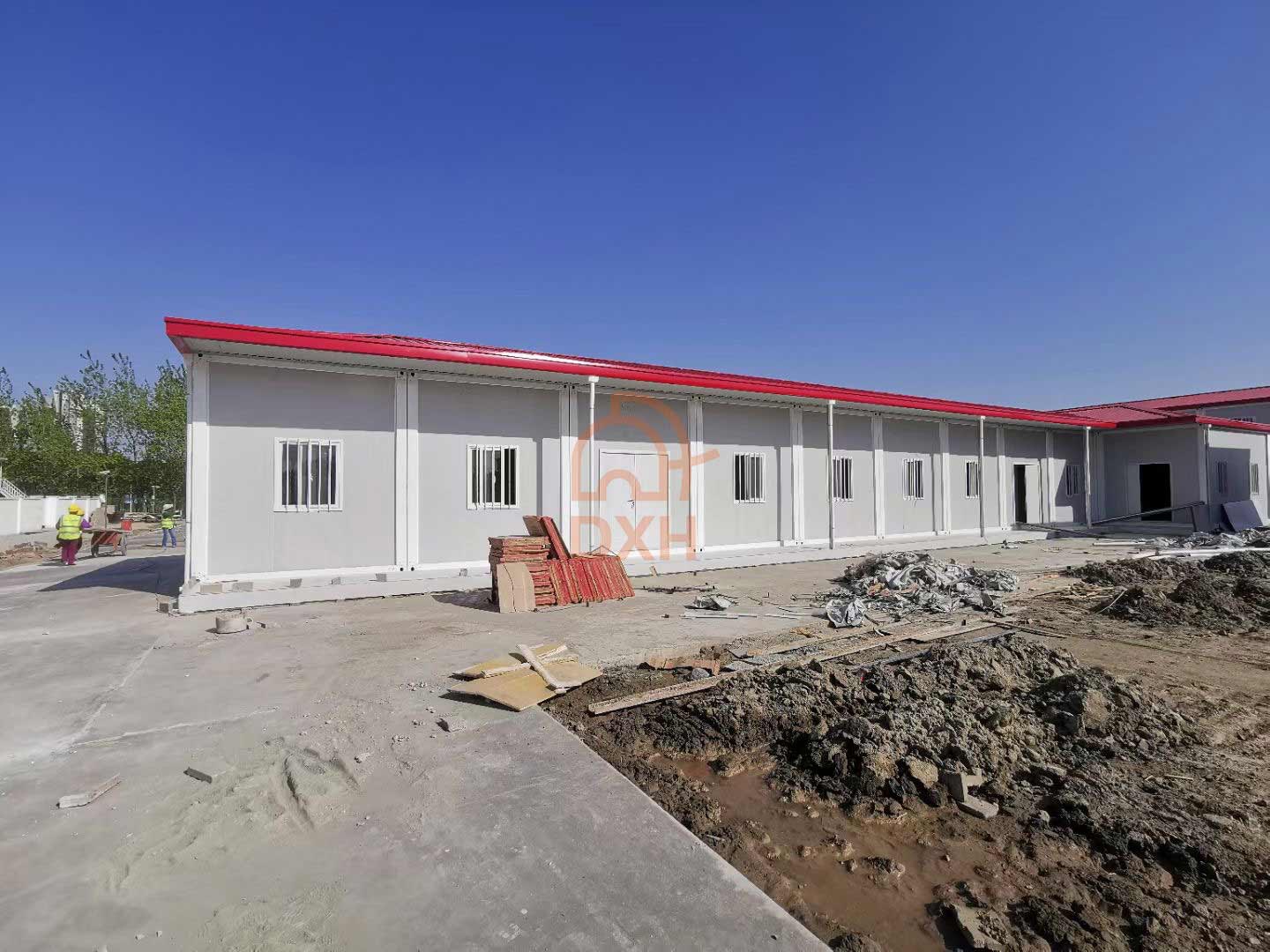
5. Reducing Heat Conduction "Loopholes"
Pipe insulation package: indoor and outdoor exposed water pipes and heating pipes are carefully wrapped with rubber and plastic insulation pipes. These pipes carry hot water or hot air, and if they are not insulated, the heat can quickly dissipate into the air, resulting in wasted energy. The insulated wrap locks in the heat of the pipes, allowing it to be delivered exactly where it is needed.
Floor insulation treatment: lay the integrated house with floor heating, and lay the insulation board under the floor heating pipe to prevent the downward conduction and loss of heat; If it is an ordinary floor, you can also use a floor material with an insulating layer to protect the indoor warmth from your feet.

Our hours
Monday to Sunday: 9 AM - 6 PM
(all hours are Eastern Time)